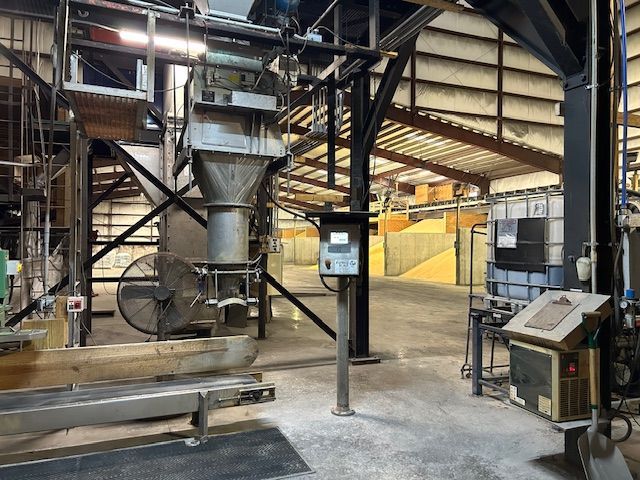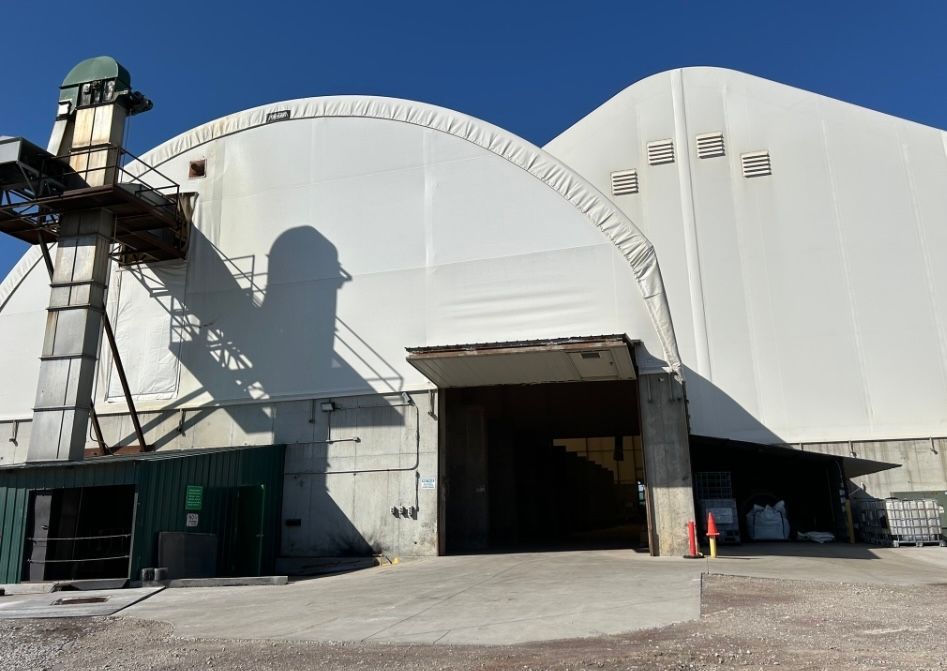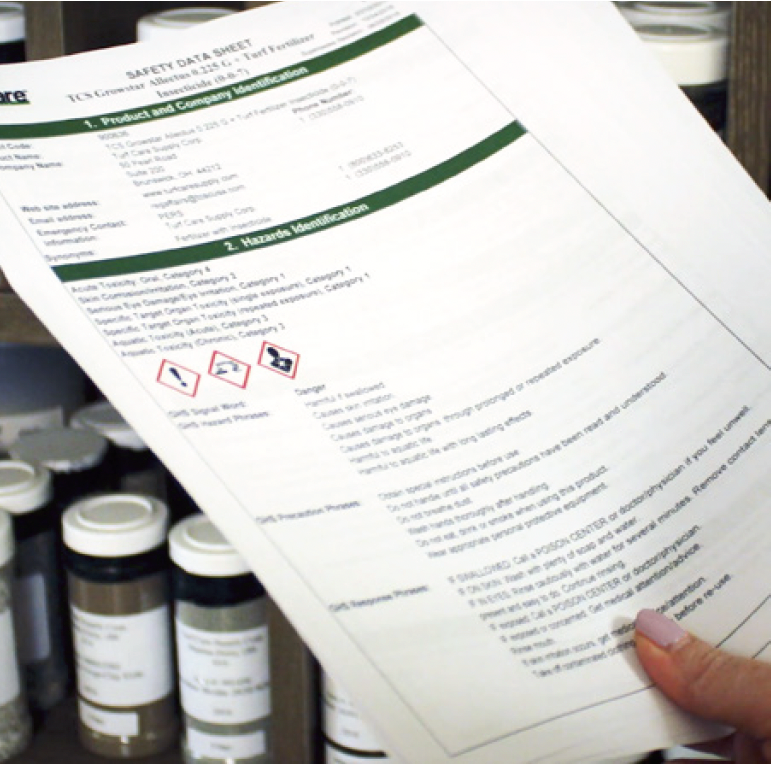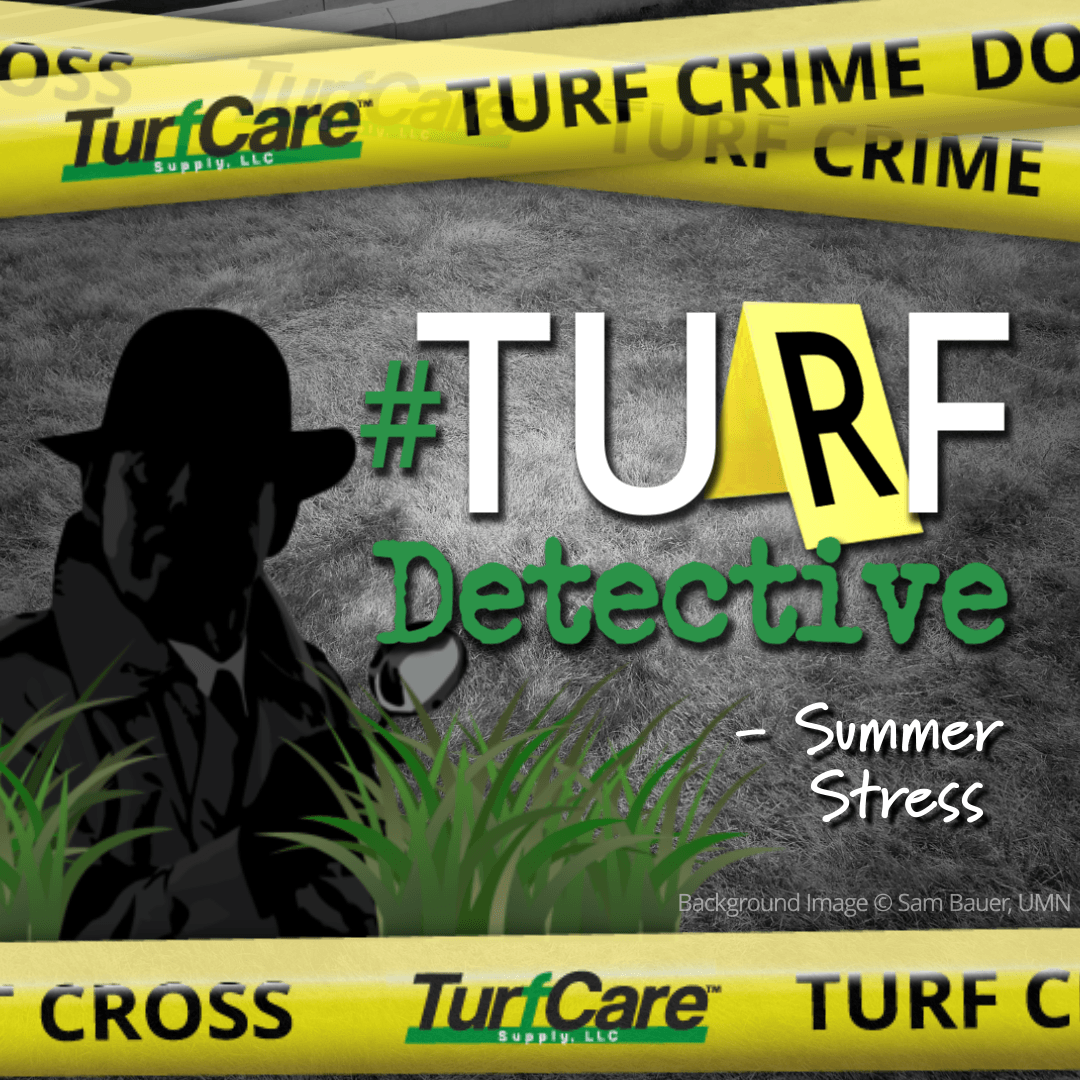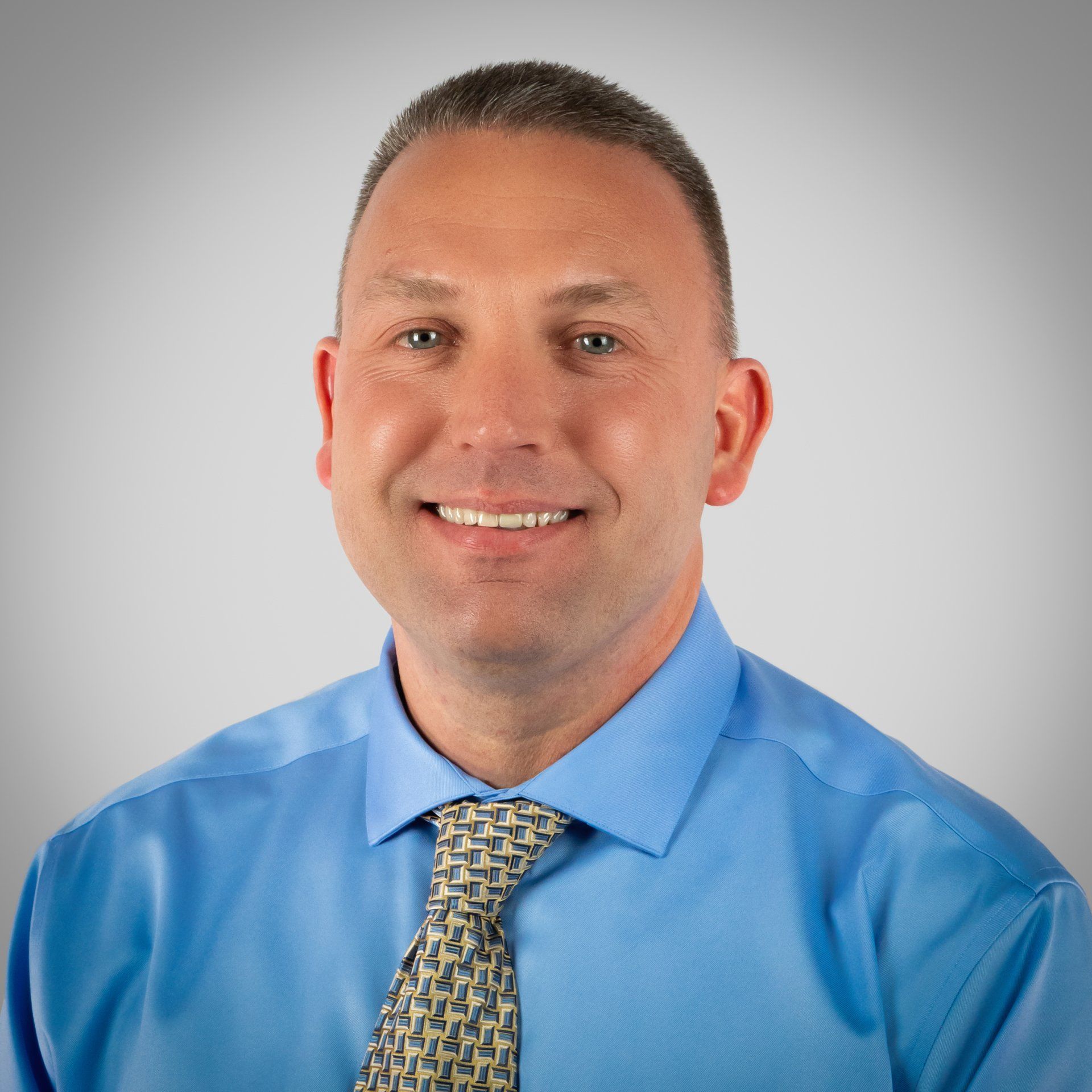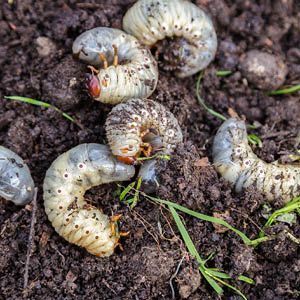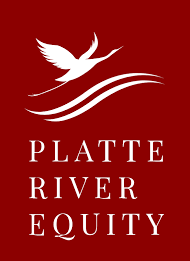Turf[TECH]Report: Post-Emergent Herbicides
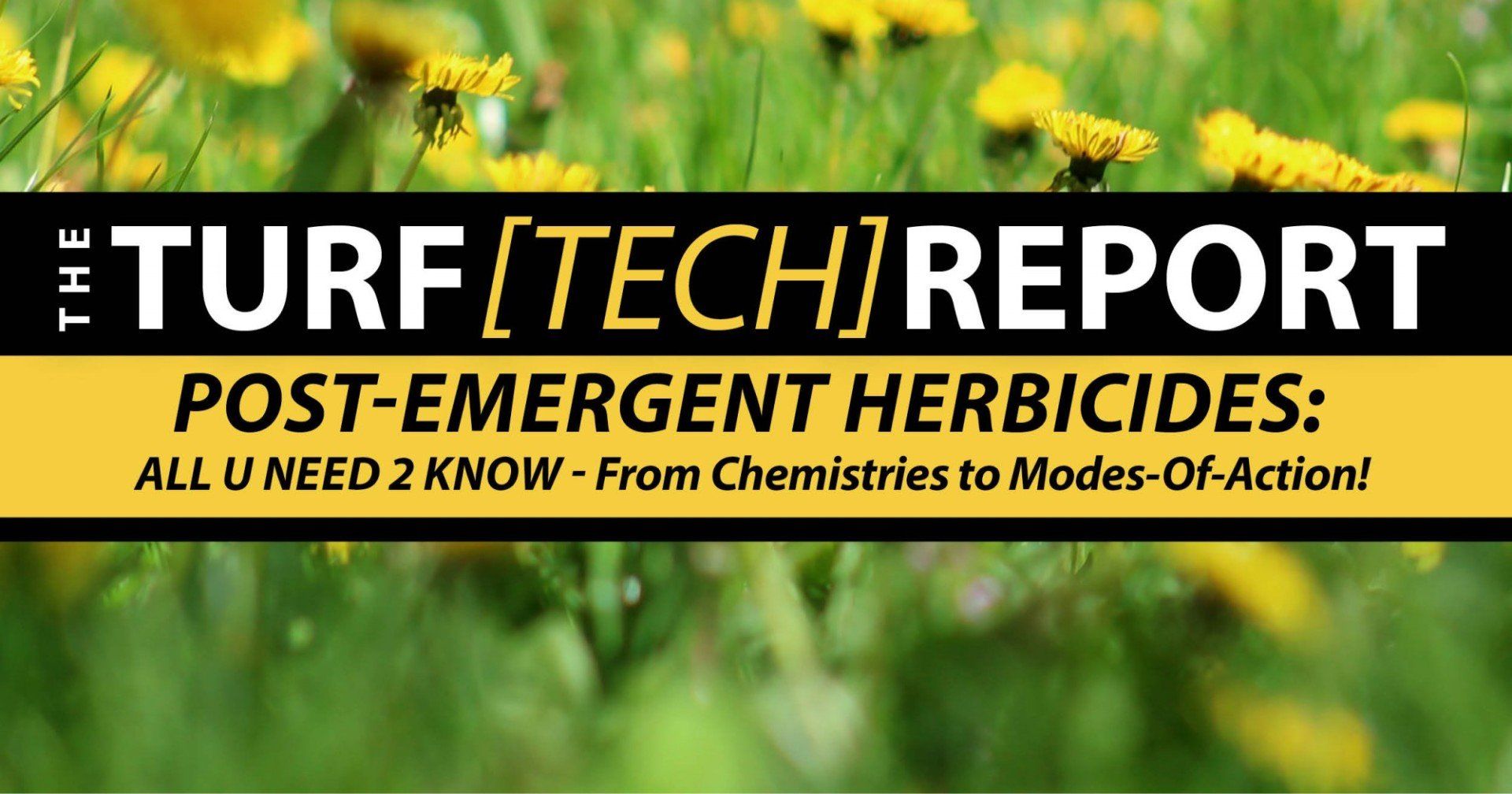
ALL U NEED 2 KNOW - FROM CHEMISTRIES TO MODES-OF-ACTION! Warmer temperatures have finally arrived, and in some parts of the United States it has already had months of consistent sunny heat! Unfortunately, along with the arrival of warmer days typically comes weeds. For a weed free lawn all year long, a timely application of nitrogen coupled with a pre-emergent herbicide is an important first step to take as soon as temperatures climb into the 50s. But due to unpredictable weather or missing the application all together, there is a good possibility that weeds have infested your lawn. And once weeds take hold, they don’t leave willingly. The solution: post-emergent herbicides. In this feature, we will teach you everything you need to know about post-emergent herbicides, from the different classifications of chemistries to the modes-of-action.
WHAT ARE POST-EMERGENT HERBICIDES?
Post-emergent herbicides are designed to kill plants AFTER they have germinated and established in the soil. This is as opposed to pre-emergent herbicides, which are designed to kill newly germinating plants BEFORE they can firmly establish in the soil. Post-emergent herbicides can further be divided into two categories: selective and non-selective. Selective post-emergent herbicides have been engineered to target only weeds (typically broadleaf weeds), sparing most grasses and non-target plants. An example of a selective post-emergent herbicide is atrazine. Non-selective post-emergent herbicides kill all plants, INCLUDING all grass types. Non-selective herbicides are used by farmers to kill all the weeds in a field before planting new crops, as well as by landscapers who are completely reworking the soil to grow new turf. The most common example of a non-selective post-emergent herbicide is glyphosate.
SYSTEMIC VS. CONTACT HERBICIDES
Post-emergent herbicides also vary in their modes-of-action. Some are systemic herbicides, which means the herbicide is typically absorbed through the root system and transported throughout the plant. Systemic herbicides slowly kill all the tissues comprising a plant, both above and below ground. On the other hand, contact herbicides are typically applied foliarly and only kill the vegetative tissue they touch. In most cases, contact herbicides either disrupt photosynthesis or chemically burn the plant (which also indirectly affects photosynthesis). Either way, plants treated with contact herbicides die because plants that can’t make their own food, nor transport their food to critical tissues, starve to death.
WHAT ACTIVE INGREDIENTS COMPRISE MANY COMMON POST-EMERGENT HERBICIDES?
1) Atrazine
Atrazine is a systemic, selective post-emergent herbicide used to control common broadleaf weeds. While used extensively in ag across the eastern United States (especially in corn fields), atrazine is used to control weeds in turf primarily in the south. Atrazine is absorbed by the roots and transported to leaf tissue where it disrupts photosynthesis. Atrazine typically takes 14-21 days to kill weeds from the moment of absorption by roots. Atrazine has been proven to be both safe and reliable, according to decades of research performed by the EPA.
2) 2,4-Dichlorophenoxyacetic acid(commonly referred to as 2,4-D)
2,4-D is another systemic, selective post-emergent herbicide. In fact, it is one of the oldest and most popular herbicides on the market. To date, over 1500 different herbicides contain 2,4-D as a component of their mixtures. 2,4-D kills broadleaf weeds by mimicking the effect of the plant hormone auxin. After being taken up by the roots, 2,4-D is transported to the growth regions of stems and leaves, where it causes uncontrolled cell division and growth. Ultimately, the accelerated rate of growth outpaces the weed’s food supply, and the weed starves to death.
3) Dicamba
Dicamba is a systematic, selective post-emergent herbicide that has been on the market since 1967. It’s mode-of-action is similar to that of 2,4-D because it accelerates cell division in weeds, thus causing plants to starve themselves. Dicamba is primarily used to control brush and weeds in pastures, range lands, and non-crop grassy areas (such as along fences, roadways, and buildings). In more arid climates, dicamba is used to control grasslands against cacti and legumes. Dicamba is toxic to conifers and certain species of evergreens, so landscapers must know their surroundings and apply with care. Dicamba is also highly soluble in water, therefore it is not recommended to apply it when significant rain is imminent. Dicamba has a very low toxicity and readily biodegrades in the environment due to microbial activity.
4) Methylchlorophenoxypropionic acid (commonly referred to as“Mecoprop-P Acid” or“MCPP”)
Mecoprop-P was first registered in 1964 and has been used extensively in post-emergent control products since its creation. MCPP is popular on many turf types, including athletic fields, golf courses, and sod farms. MCPP provides selective, systematic control of certain annual grasses and broadleaf weeds by disrupting the cell division process. Because of MCPP’s relatively low toxicity, it is a preferred component of many post-emergent herbicide formulations. MCPP residues that don’t penetrate plant tissues quickly biodegrade into safe components in the environment.
5) Penoxsulam
Penoxsulam was developed in the mid-2000s to help control weeds in rice fields and cereal crops. In turf, it is used to control against a variety of broadleaf weeds and a few target grasses (such as centipede grass and some crabgrass varieties). Penoxsulam has a fairly low toxicity, however it takes longer than most post-emergent herbicides to work. Penoxsulam must be in contact with plant tissues for nearly 60 days before most weeds parish. Penoxsulam is found in a wide variety of weed & feed products in retail stores.
6) Glyphosate
Perhaps the most recognizable herbicide in the world, glyphosate is non-selective, systematic post-emergent herbicide. First discovered in 1970, glyphosate hit the market only 4 years later. Glyphosate was as HUGE game changer in ag; farmers could now spray glyphosate in their fields without harming their crops.
Today, glyphosate is the 2nd most-used herbicide in the home sector in terms of volume (the first being 2,4-D). Glyphosate works to prevent plants from being able to synthesize 3 critical amino acids: phenylalanine,tyrosine, and tryptophan. It does this by inhibiting a key enzyme in the metabolic pathway of these amino acids. Without these 3 enzymes, plants cannot produce critical proteins necessary for survival. In essence, the plant starves. Glyphosate is most commonly absorbed through foliar tissue but can also be absorbed in smaller amounts by roots. It is systemically transported throughout the entire plant, affecting all tissue types. Once applied, most weeds take anywhere from a few days to a few weeks to die. Significantly larger weeds (such as Canadian thistle) may require multiple applications over a month to be effective.
TIP: HOW TO CONTROL ESTABLISHED CRABGRASS
Crabgrass is one of the most stubborn “weeds” to remove from established turf. Crabgrass has a high resistance threshold to many of the common post-emergent herbicides which is why it is best controlled using pre-emergent herbicides early on in its lifecycle. Metharsenate (MSMA) is one of a few post-emergent herbicides that will help control crabgrass, however it usually takes multiple applications and often causes mild discoloration in the surrounding non-target turf. Dithiopyr has also been reported to have limited post-emergent capabilities against crabgrass, but only in the one to three leaf stage. It should be noted that both MSMA and Dithiopyr have mixed results on well-established crab grass.
For more severe outbreaks, fenoxyprop and quinclorac are typically more effective, these products are usually only available to the professional industry. Application by professional lawn care operator is highly recommended. For those unable to acquire these chemicals, large clumps of crabgrass can also be controlled by carefully spraying the target with glyphosate, and then reseeding after the crabgrass has been eliminated.
IMPORTANT: KEEP ON THE OFFENSIVE!
Remember, the best defense is a good offense. Eliminate weeds this summer with the use of post-emergent herbicides AND keep them from reappearing next spring with a timely pre-emergent application. Executing this strategy will help your turf fill in nicely in areas where weeds once grew. This in turn will make it much harder for weed seeds to establish in the future.
For professional fertilizers, humic and AMP-XC™ enriched products available, please visit TurfCare’s online Product Catalog.
For green industry professionals or others interested in ordering Turfcare products, please contact our Customer Service to find a distributor near you.
The TURFReport Highlights:
Additional Articles and Insights
